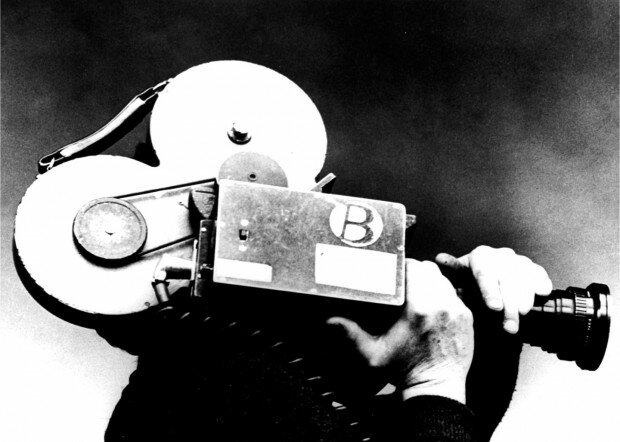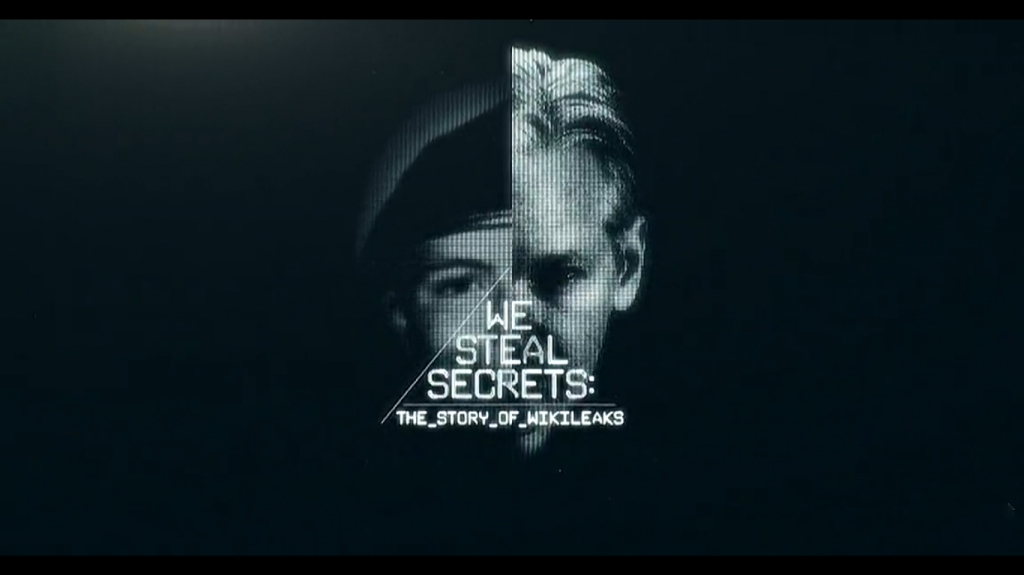Documentaries are fundamentally important pieces of film. Through tireless research, countless hours of editing and cleverly orchestrated interviews, journalists are able to paint a vivid picture of the many secrets our world holds, be it government obscurity, corporate misbehavior or shrouded genocide. Whatever the subject, documentaries are often able to shed light on the darkest of subjects. If you are a Netflix subscriber consider yourself the bearer of the Golden Ticket. Here are 10 of the best documentaries that cheap internet-streaming can buy, and you can watch them all from the comfort of your home.
“The Impostor”
One of the most bizarre documentaries you may ever see on Netflix, “The Impostor” follows the case of 13-year-old missing person Nicholas Barclay and the con artist, Frederic Bourdin, who claims his identity. Bourdin flies into the states and tries to blend in with Barclay’s town and family, but the FBI’s mounting doubts inevitably realign Bourdin’s original intent. This film has been hailed as a “first-rate horror show disguised as a probing investigative piece” (Matt Barone – Complex Pop Culture) and has won 11 festival nominations, including a BAFTA (British Academy of Film and Television Arts) and an Austin Film Critics Association award for Best Documentary.
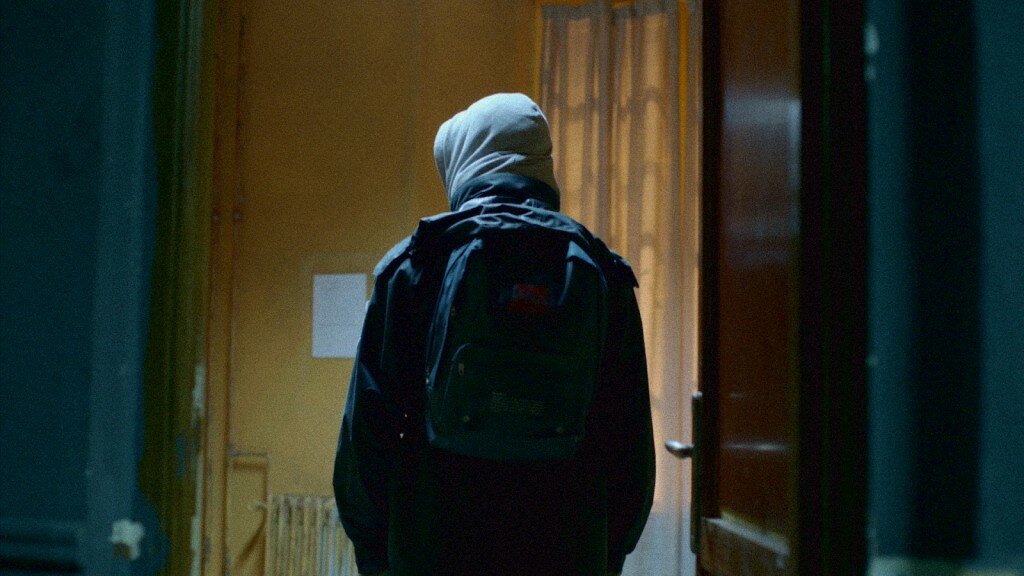
“Blackfish”
You’ve probably heard all about this film from Facebook posts and friends. You’ve probably even read about the rebuttals Sea World is (trying) to make. With mounting evidence against marine parks’ inhumane methods, “Blackfish” presents viewers with honest footage and statistics on the brutality of whale captivity. The film specifically delves into the death of trainer Dawn Brancheau and Tilikum, the Orca who ended her life. If you have seen this film and still are not convinced of marine animal entertainment park’s corporate malevolence, I implore you to seek out articles on Earthrace Conservation Organization. I also encourage you to watch “The Cove,” a brutal documentary made by the same conservation group.
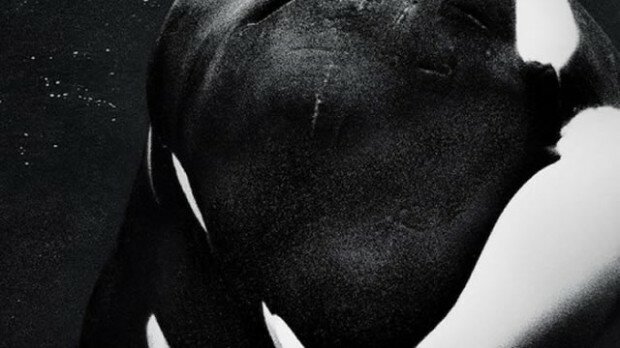
“Girl Model”
Directed by David Redmon and A. Sabin, “Girl Model” follows Nadya Vall, a 13-year-old recruit from a Siberian modeling search, and Ashley Arbaugh, the conflicted model scout who chooses her. The original intent of the film was to follow the rise of a hopeful model (the conflicts and resolutions they may face in a very tricky industry) and show the stark contrast of models out of their prime — someone who has moved on and how the industry affected them. What Redmon and Sabin got instead was the story of a mousy country girl who is flown into Japan to model because of the country’s iconic demands of youth. Young women are coveted in Japan’s industry, seemingly on a very intense level of sexual gratification (Arbaugh alludes to this in the film, but is not pressed about it further on camera.) “Girl Model” is very different from most documentaries in that it does not narrate or try to fill in any gaps that audiences may find. You, as a viewer, are left to surmise the ludicrous nature of the modeling world. You see first-hand how new models are (mis)treated and how much profit the industries and agents make off of naïve talent. It’s an eye opener that begins where it ends: with the promise of a fresh, fulfilling start for an impoverished youth.
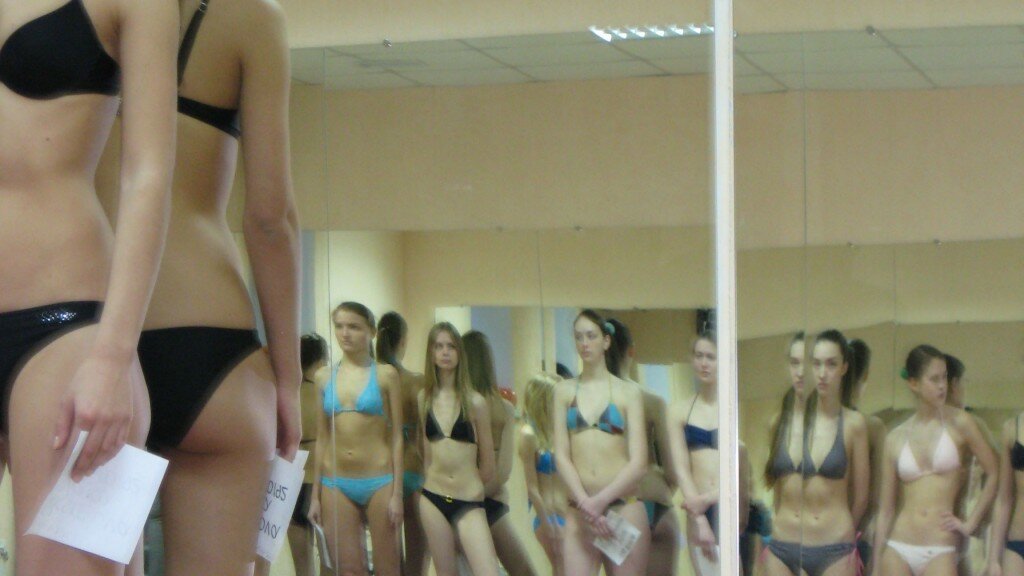
“How to Survive a Plague”
In the 1980s, America faced an epidemic. A growing number of people in the homosexual community became afflicted with numerous unusual diseases, including Kaposi’s sarcoma and pneumocystis pneumonia. As knowledge was gained, the public gradually realized there was a bigger picture. Director David France, a journalist who has covered the AIDS epidemic since its inception, combines hundreds of hours of archival footage with present day interviews to shed light on this horrific time in American history and the implications of the government in allowing the homosexual community to wither in disease.
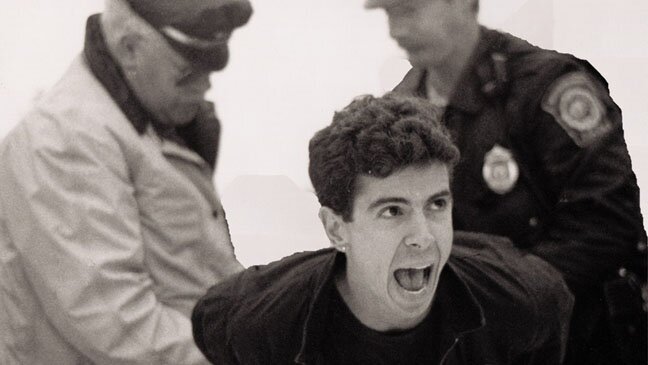
“The House I Live In”
From 1937 to 1971 the number of citizens incarcerated increased a negligible amount, despite laws preventing the selling and distribution of a number of narcotics. After President Richard Nixon declared a “War on Drugs,” the rate of illicit substance arrests rose, reaching a 126 percent increase by the 1980s. By 2008 an estimated half a million Americans were being incarcerated each year for drug offenses. The harshest penalties were imposed on those trafficking crack cocaine: Carrying 5 grams of the substance warrants a 5-year mandatory minimum sentence. 500 grams of cocaine carries the same sentence. “The House I Live In,” directed by Eugene Jarecki, tells a harrowing story of a campaign designed by the United States government to systematically target impoverished communities, where the crack epidemic reached its peak.
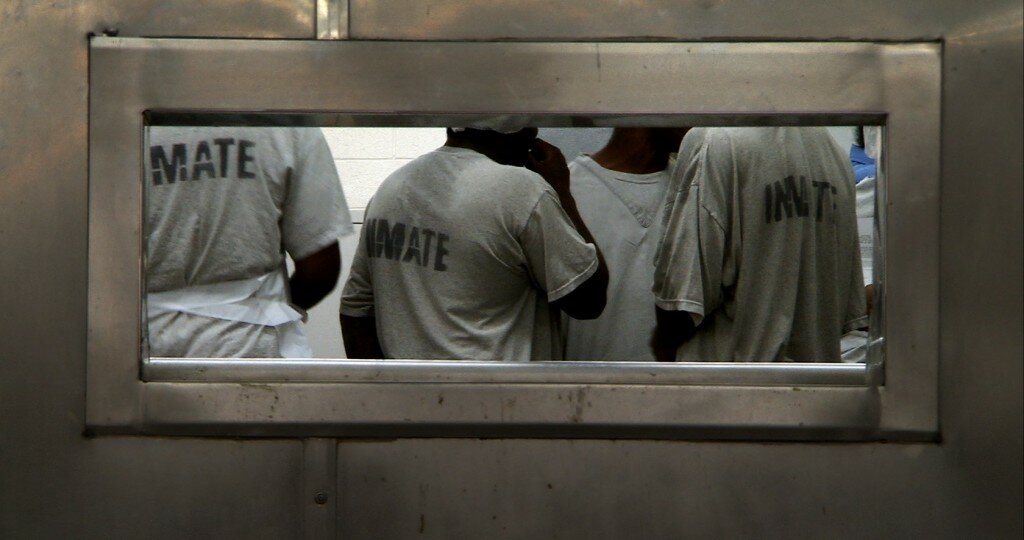
“The Act of Killing”
Mentioned in my ‘Best of 2013’ list, “The Act of Killing” is a documentary by Joshua Oppenheimer, Christine Cynn and others (for the sake of their anonymity they remain unlisted.) The film won best documentary at the 2014 BAFTA awards and, shortly after gaining infamy, Oppenheimer demanded the U.S. Congress acknowledge their intensive roles and blatant choice of ignorance in the Indonesian killings.
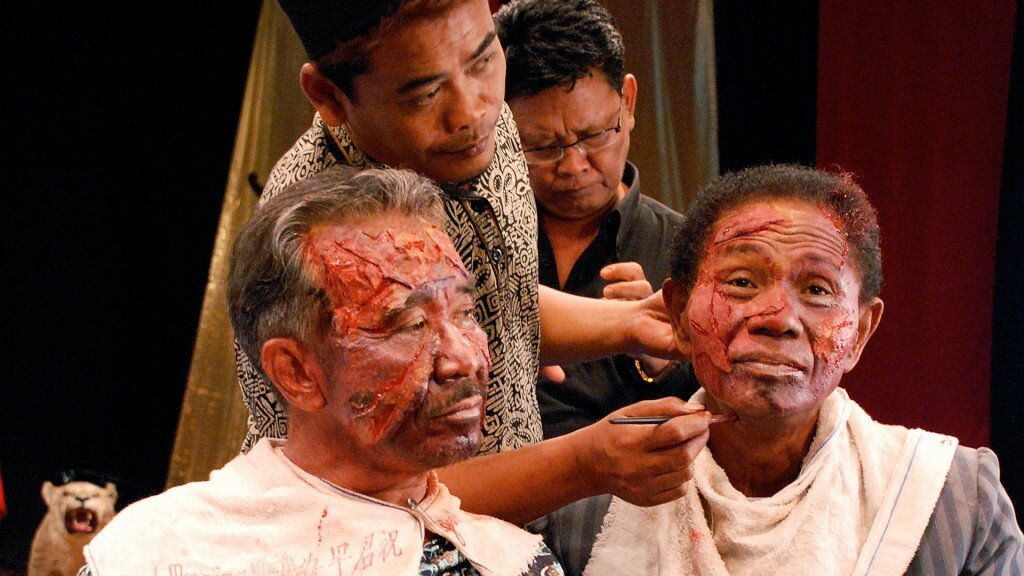
“The Black Power Mixtape 1967-1975”
After languishing in a basement of a TV station for 30 years, “The Black Power Mixtape” made its debut in 2011 with sounds and sights of black injustice that still resonate well into this generation. Swedish filmmaker Göran Olsson interviewed activists like Angela Davis and Stokely Carmichael and took to the streets for an answer to integration and why the white man was so hellbent on instigating turmoil and hate between the social classes. Göran even makes sure to stampede on police influence of drug affiliation (i.e. putting hard drugs into the hands of young African American users and invariably blaming the race itself for subsidizing the product.) The worst thing to come out of the Civil Rights movement was the white idea of tolerance. By definition, tolerance is “to accept the existence of opinions or behavior that one does not necessarily agree with.” Yes it must be very hard to agree with the socioeconomic structure we still put people of color into to this very day.
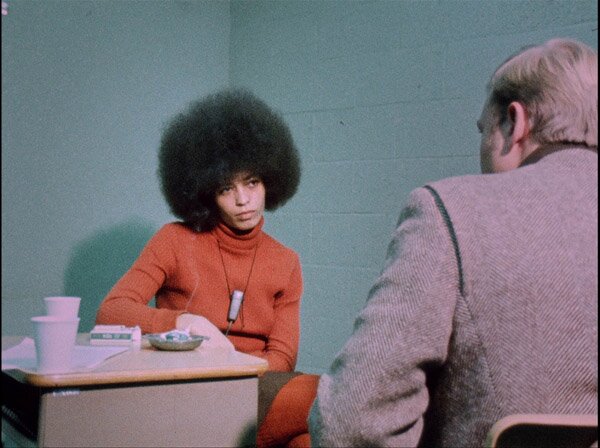
“The Invisible War”
A film I’ve recommended to almost everyone, “The Invisible War” is as black-and-white as they come. There is no middle ground in terms of sexual assault in the military, and Kirby Dick is relentless in portraying the absolute reality of our backwards, barbaric armed forces. In 2010 alone 108,121 veterans screened positive for military sexual trauma. Only 244 perpetrators were convicted. Men and women from all branches were interviewed extensively for the film. Their words may have resonated with the members of the Senate and the House but only temporarily. There is a thick wall of reassuring lies within our military branches. Very little progress has happened in the armed forces in terms of rape and sexual assault since the film’s release. Richard Corliss of Time Entertainment has a great piece delving further into the “The Invisible War” resonates within our armed forces.
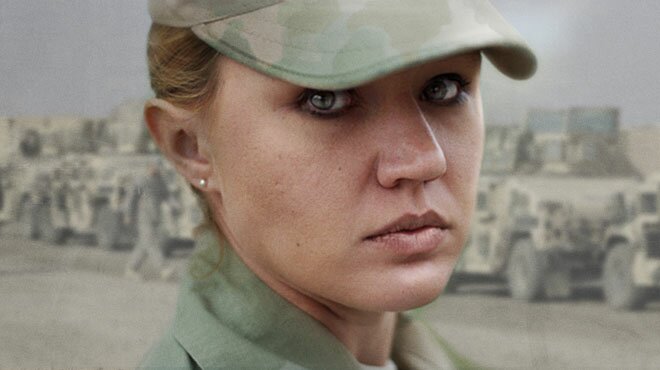
“We Steal Secrets”
Bring up Wikileaks in a crowd of people, and you’ll get all sorts of responses running the gamut from “Thankfully someone cares about the people” to “Traitors all!” Such polarity could only be the result of truly important work, and director Alex Gibney is glad to spread the story of the website. Chelsea Manning (formerly Bradley Manning) plays an important role in the documentary as the whistleblower that shakes the United States military to its core. Through a series of interviews with individuals who have various attachments to the U.S. government, Gibney reveals the story of government interference run amok, and a few hackers’ attempts to solve a growing crisis.
“Hot Coffee”
Remember a few years ago when a woman spilled coffee at McDonalds and sued for millions, and everyone under the sun started making fun of the civil justice system? The entire world was (and still is) under the presumption that Stella Liebeck created a fraudulent case for a massive corporate payoff. Seinfield, Jay Leno and even David Letterman laughed with the world while corporations reeked a profit. Susan Saladoff’s “Hot Coffee” debunks the hype that we’ve all fallen prey to and presents evidence that again and again rebuts the façade (this includes photographs of Liebeck’s severe leg wounds and actual temperature of the “coffee” that was poured onto her.) “Hot Coffee” also follows Colin Gourley’s malpractices, Oliver Diaz’s judicial hardships, and the Jamie Leigh Jones vs. Halliburton Co. case (Jones was gang-raped and, after seeking help from her fellow employees, was locked in a trailer and was not permitted to call her family.) Saladoff is a medical malpractice attorney of 26+ years.
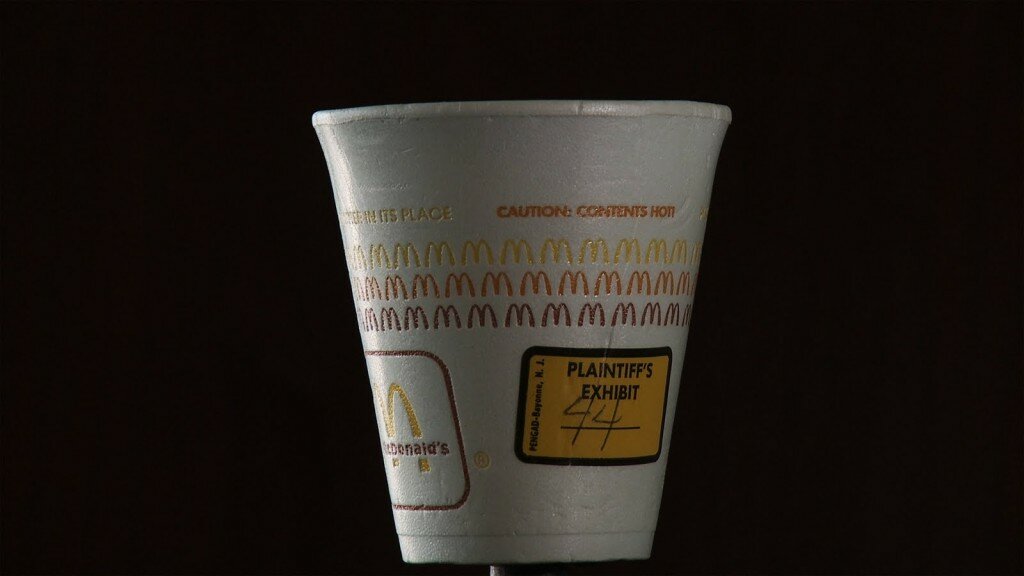
Many of these films are not easy to sit through. They will test you and may even make you sick to your stomach. Don’t tread lightly, but please don’t ignore. An hour and a half of viewership, and you could know more than you may ever have dreamed of. This list complies what I felt were necessities to socioeconomic decision-making and to ethical dilemmas you may have chosen to accidentally ignore. As always feel free to express your opinion on the article by commenting below. If you feel like a documentary (that is currently streaming on Netflix) should be mentioned, please mention it!

